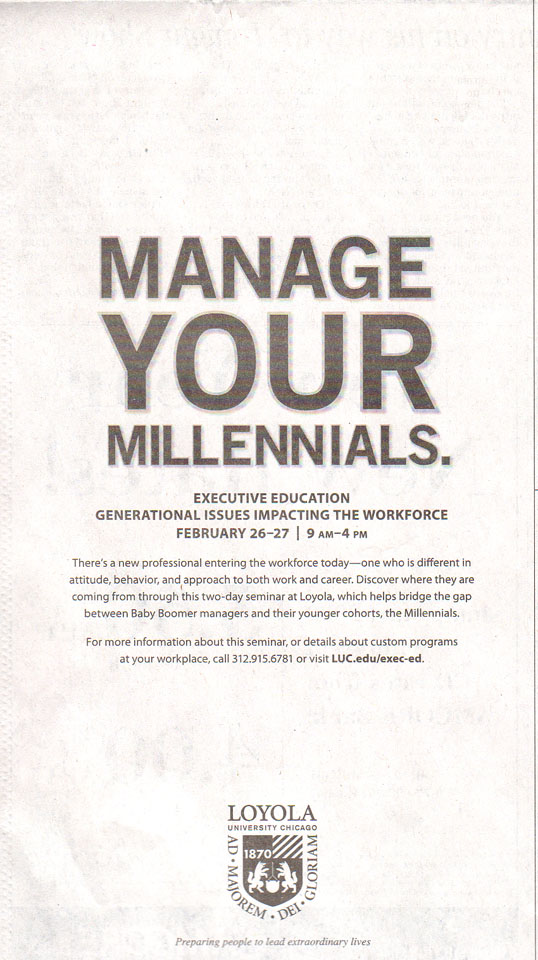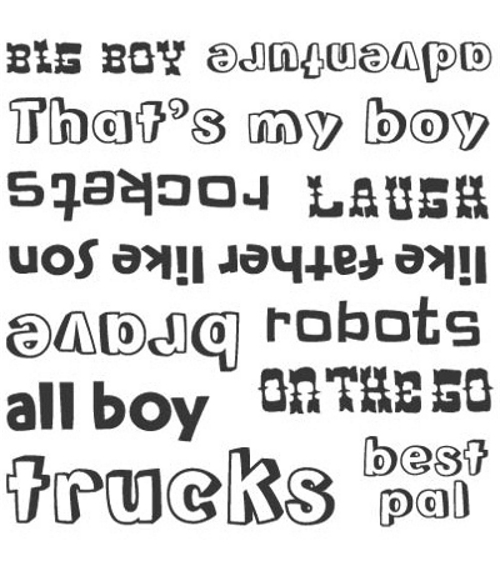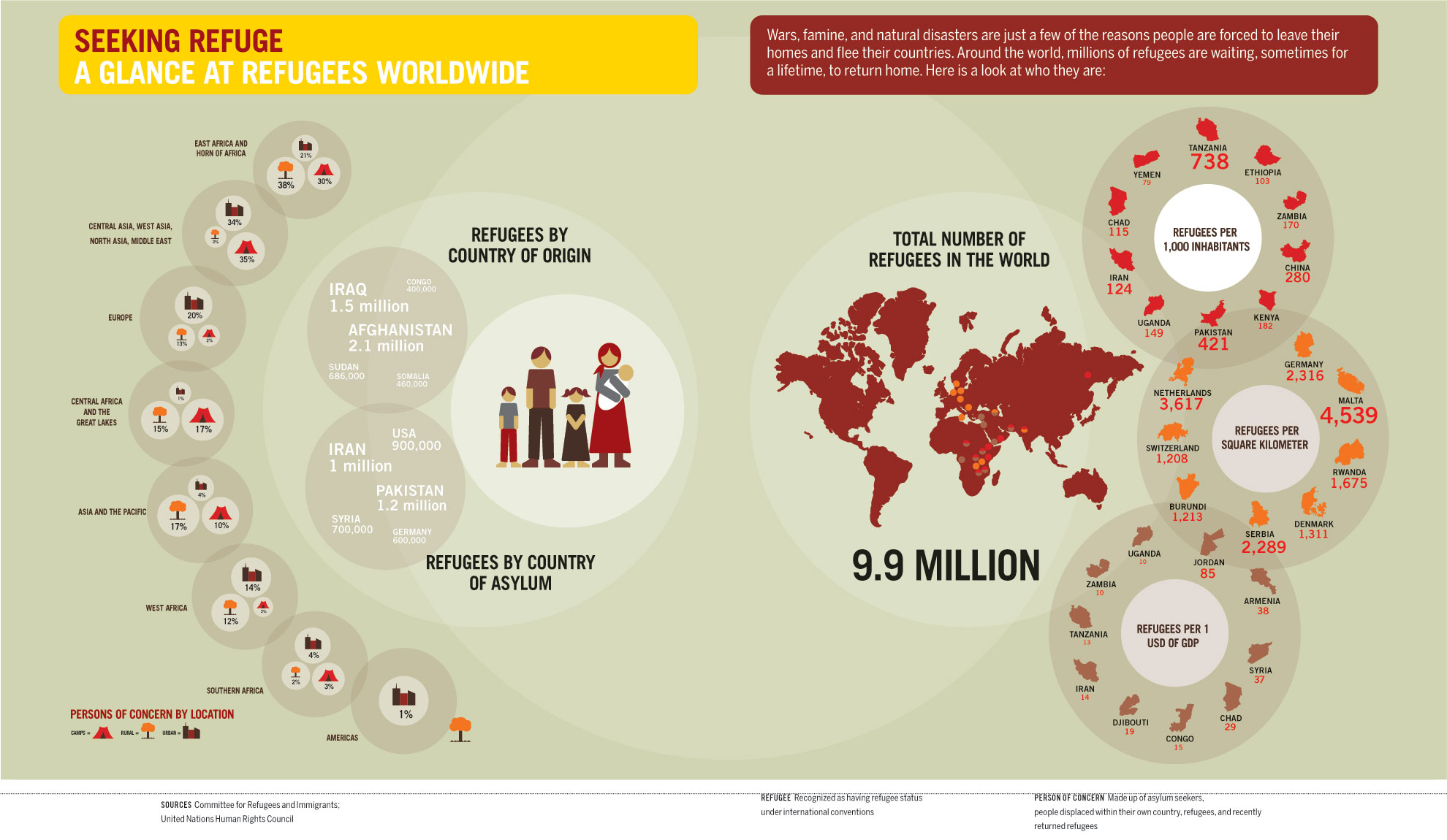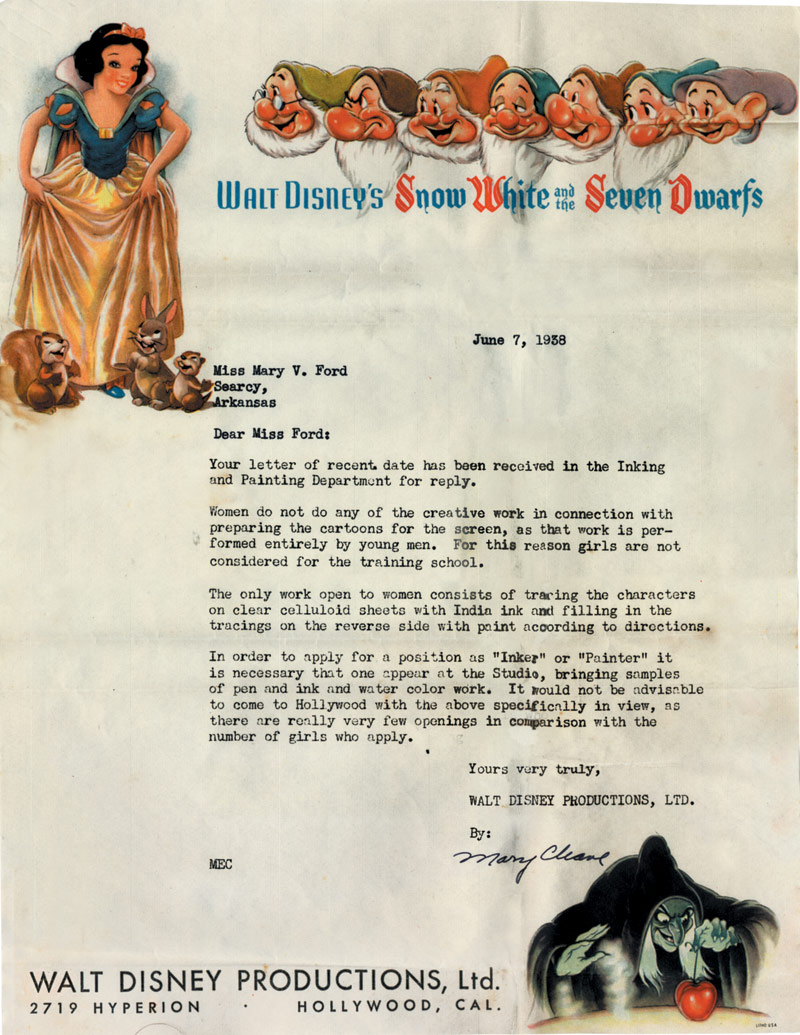Francisco (from GenderKid) sent in a cartoon that questions the benefits of the One Laptop per Child program, which aims to give a simple version of a laptop with internet access to kids in less-developed nations, and also Alabama (available at World’s Fair):
From the OLPC program’s website:
Most of the more than one billion children in the emerging world don’t have access to adequate education. The XO laptop is our answer to this crisis—and after nearly two years, we know it’s working. Almost everywhere the XO goes, school attendance increases dramatically as the children begin to open their minds and explore their own potential. One by one, a new generation is emerging with the power to change the world.
There are a number of interesting elements you might bring up here, such whether introducing laptops is necessarily the best method to improve education wordwide, or who decided that this was an important need of children in these regions (my guess is the MIT team behind OLPC didn’t go to communities and do surveys asking what local citizens would most like to see for their educational system). I recently heard a story about OLPC on NPR, and while there seemed to be benefits in some Peruvian communities, in others the teachers spent so much time trying to figure out how to use the machines to teach subjects, without really feeling comfortable with them, that almost nothing was accomplished during the day. But once the laptops were introduced, they overtook the classroom; teachers were pressured by the Peruvian government to use the laptops in almost every lesson, even if it slowed them down or it wasn’t clear that students were benefiting from them. Another problem was that, though the laptops are built to be very strong and difficult to break, on occasion of course one will break. Families must pay to repair or replace them, which of course most can’t do, meaning kids with broken laptops had to sit and watch while other kids used theirs in class.
Benjamin Cohen uses the OLPC in an engineering class and brings up concerns about…
technological determinism — [the idea] that a given technology will lead to the same outcome, no matter where it is introduced, how it is introduced, or when. The outcomes, on this impoverished view of the relationship between technology and society, are predetermined by the physical technology. (This view also assumes that what one means by “technology” is only the physical hunk of material sitting there, as opposed to including its constitutive organizational, values, and knowledge elements.) In the case of OLPC, the project assumes equal global cultural values & regional attributes. It also assumes common introduction, maintenance, educational (as in learning styles and habits), and image values everywhere in the world. Furthermore, it lives in a historical vacuum assuming that there is no history in the so-called “developing world” for shiny, fancy things from the West dropped in, The-Gods-Must-Be-Crazy style, from the sky.
How could the same laptop have the same meaning and value in, say, Nigeria and Indonesia, Papua New Guinea and Alabama, Malawi and Mongolia?
These critiques aren’t to say there is no value in OLPC, but that there are some clear questions about whether this is the most effective way to improve education in impoverished or isolated communities and what its consequences are. I doubt the OLPC creators meant for teachers to face government pressure to use the laptops for every lesson, no matter what, but that’s what has happened in at least some areas.
Another problem the NPR story highlighted was that the kids they reported about in Peru live in areas where there are absolutely no jobs available to capitalize on their tech skills, nor any reason to believe there will be any time soon. The government is pushing laptops in education, but without any economic development program to bring jobs to the regions to take advantage of these educated students. So the question is, after you get your laptop, you learn how to use it, you graduate…then what? Will the laptops spur more brain drain and out-migration? Is this necessarily good? Are countries like Peru using the laptop program as a quick, flashy substitute for the more boring, difficult, challenging process of economic development and job creation? As an educator, I’m thrilled with the idea of valuing learning and knowledge for its own sake, but on a more practical level, these questions seem like important ones.
Thanks, Francisco!
UPDATE: In a comment, Sid says,
…there’s kind of a vaguely imperialistic nostalgia in the first image of “Darkest Africa” as a simpler, more wholesome place where kids still play together in front of the hut and there’s a sense of community that you just don’t get in the modern world and blahdee blahdee blah. The entire thing kind of smacks of a whitemansburden.org enterprise…
Gwen Sharp is an associate professor of sociology at Nevada State College. You can follow her on Twitter at @gwensharpnv.










